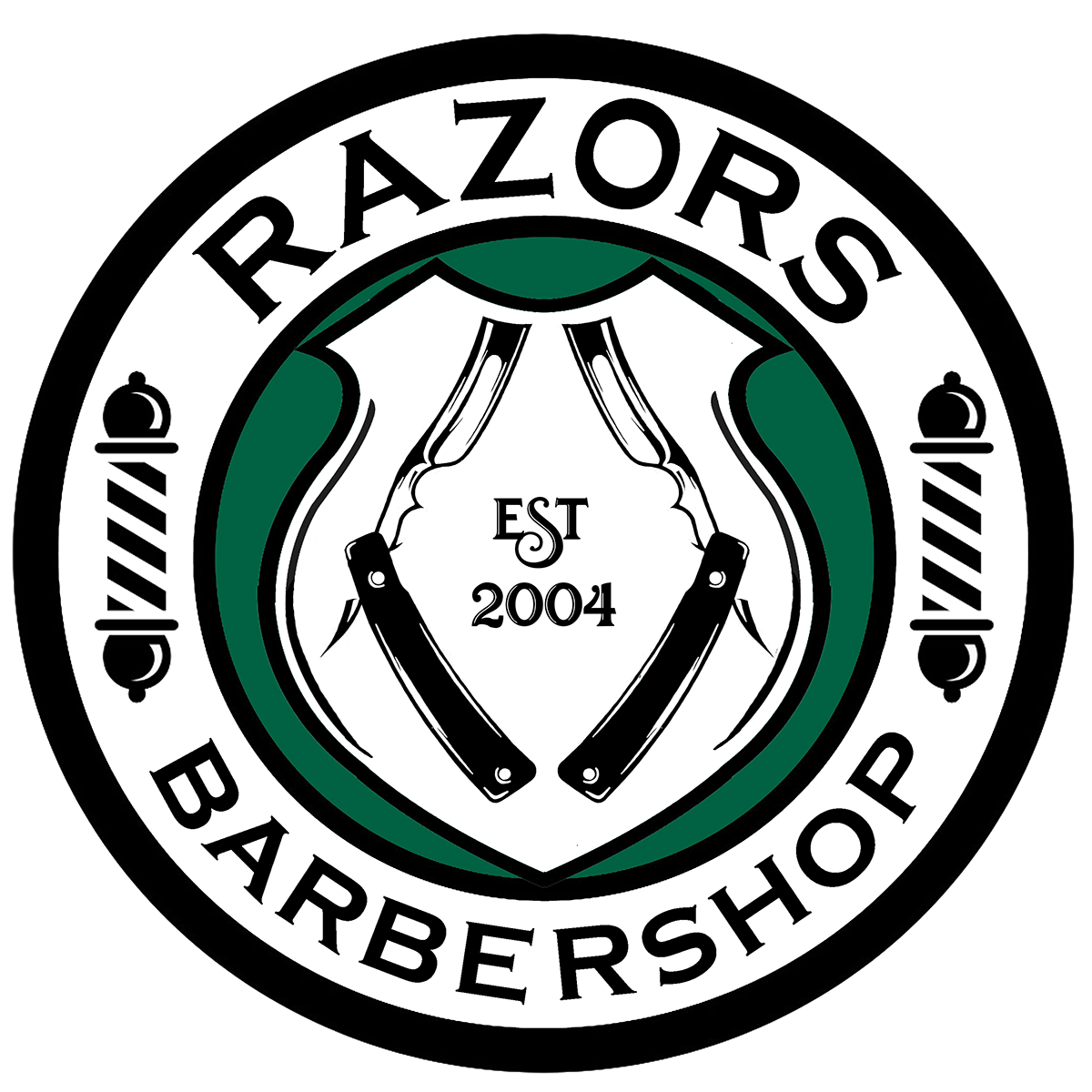Have you been looking to get a better shave but not ready to take on a straight-razor? Maybe you should try out a Safety Razor. This post is not actually a debate, and if it were, the Safety Razor would win hands-down each time. This post is more of an attempt to educate and convince you as to why you should throw out that 3 or 4 Blade razor and start shaving like a Grown-up.
Safety razors (also called Double-Edge Razors or DE Razors) have been around for a long time, and for decades they were the most popular method of shaving. King Camp Gillette (sound familiar?) learned that the path to fortune was to invent a product that was not intended to be re-used, but instead used once and thrown out, assuring a constant flow of repeat sales. Thanks to the expensive marketing ploys put on by companies like Gillette, Safety Razors have been overshadowed in this world of “convenience.” Don’t get brainwashed by these big marketing campaigns that tell you shaving with a 63 blade razor with a lubricated strip and a vibrating handle will give you the closest shave. Here lies the truth…
- CARTRIDGE RAZORS
These handles are generally plastic and have no weight to them, forcing you to apply excessive pressure during the shave. Its multiple blades are spaced extremely close together, causing pulling and tugging at longer stubble, making it uncomfortable and difficult to get a clean, close shave in a single pass. While the first blade is aimed at cutting the beard at the surface, the second, third, and sometimes fourth blades drag behind the first one, removing layers of skin cells and cut the beard below the skin, causing irritation and dreaded ingrown hairs. The spacing of the blades also makes it prone to clogging, which aids in bacteria growth which could lead to acne. They advertise a strip of lubricant that helps the razor glide over the skin, that stripusually wears away after the first shave making it basically non-existent. The only legitimate advantage of cartridge razors is its hinge/pivot point that moves the head of the razor with the contours of the face to maintain a constant angle while shaving. Lastly, I must admit that it is virtually impossible to cut yourself when using one one of these.
- SAFETY RAZORS
Aside from the fact that a safety razor will look pretty sweet when displayed in your bathroom, there are several benefits to using one. These razors have some heft to them and you can feel the difference in weight in your hand, this makes it easier to let razor do some of the work instead of putting too much pressure which could cause irritation and discomfort. The single blade is less prone to clogging, and will cut the beard at the skin level in a single pass, which helps avoid irritation and ingrown hairs. The fact that safety razor blades are significantly cheaper than replacement cartridges, it makes it easier to replace the blade more often helping to avoid bacteria build up. With a single pass, less ingrowns, less clogging and less bacteria, some claim that it has actually improved their complexion and reduced acne growth. A high quality razor is made of a strong metal or stainless steel and will most likely have a lifespan that will outlast your own. I have a razor from the 50’s, cleaned it up a bit and it works just as good as my new ones, see if your Mach 3 razor from a year ago can match that.
Even though I am placing Safety Razors on a pedestal, there are indeed still some cons. There is an initial investment, a decent new Safety can cost anywhere from $30-$80, but the fact that it will last forever should override that as a con, buy one and never need another. There is a learning curve when using one, because there is no pivot to the head of the razor, you need to take your time at first and insure you have a proper angle during shaving. Many people are hesitant to switch to a Safety because of this learning curve and feel it may be difficult, truth is they are over-thinking it. After a few shaves (a month at most), you will have perfected the technique and will breeze through your routine without blinking. The last con I can think of is nicking yourself. Blades are sharper and some have blunt corners, so you may nick yourself during the learning process, but your technique will come naturally and this downfall will end relatively soon.
- BREAKING DOWN THE COST
Prices based on shaving once each day for a year. Prices from CVS website and Amazon
Cartridge Razor (Mach3)
- Initial Investment: Handle = $10 – 12pk cartridges = $30
- Lifespan: 1 week/cart. , or 7 Shaves/cart. , or84 shaves/pk.
- 2.8 months per pk.
- Total upfront cost = $40
- Total cost in 1st year = $130
- Annual cost thereafter = approx $124
Safety Razor
- Initial Investment: Handle = $30 – 100pk double-edge Astra blades = $10
- 200 shaves (on a double-edge razor, each side used once)
- 6.7 months per pk.
- Total Upfront cost = $40
- Total cost in 1st year = $58
- Annual cost thereafter = approx. $15





















